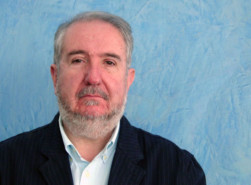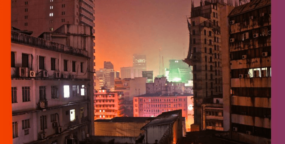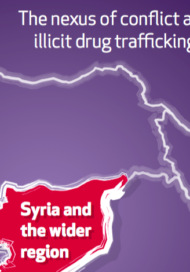Posted on 16 Feb 2018
Organized crime networks dedicated to illicit trafficking of drugs, people and wildlife—as well as money laundering and cybercrime, among other activities—are engines of instability.
From Latin America to West Africa, from West Asia to Eastern Europe, and from Central Africa to Southern Europe, these networks engage in corruption to advance their interests, depriving the state of precious resources needed to build resilient institutions (OECD 2014).
Corruption is channelled through multiple avenues, including by pouring illicit money into political institutions and actors (Villaveces-Izquierdo and Uribe Burcher 2013; Briscoe, Perdomo and Uribe Burcher 2014; Perdomo and Uribe Burcher 2016).
The world is experiencing several parallel trends—including increased violent conflict, democratic backsliding and technological advancements—that affect these corrupt dynamics.
Given that conflict and weak governance typically create a fertile environment for organized crime to engage in public sector corruption (Lupsha 1996; Cockayne and Pfister 2008: 18; Kupferschmidt 2009), and since technology may facilitate or hinder criminal behaviour (Baker 2014), these trends will presumably have a pivotal impact on the fight against organized crime and political corruption.
On 4 May 2017, International IDEA hosted the workshop ‘Political corruption and organized crime: Drivers, effects and responses’ at the 2017 Stockholm Forum on Peace and Development, organized by Stockholm International Peace Research Institute (SIPRI 2017).
The workshop aimed to discuss potential future trends regarding corruption linked to organized crime and strategic policy responses. It gathered scholars and practitioners in anticorruption, international crime prevention and peacebuilding in a common dialogue. This Discussion Paper was initially drafted as a scenario-building exercise to inform the workshop and was further developed with the input of its participants.



